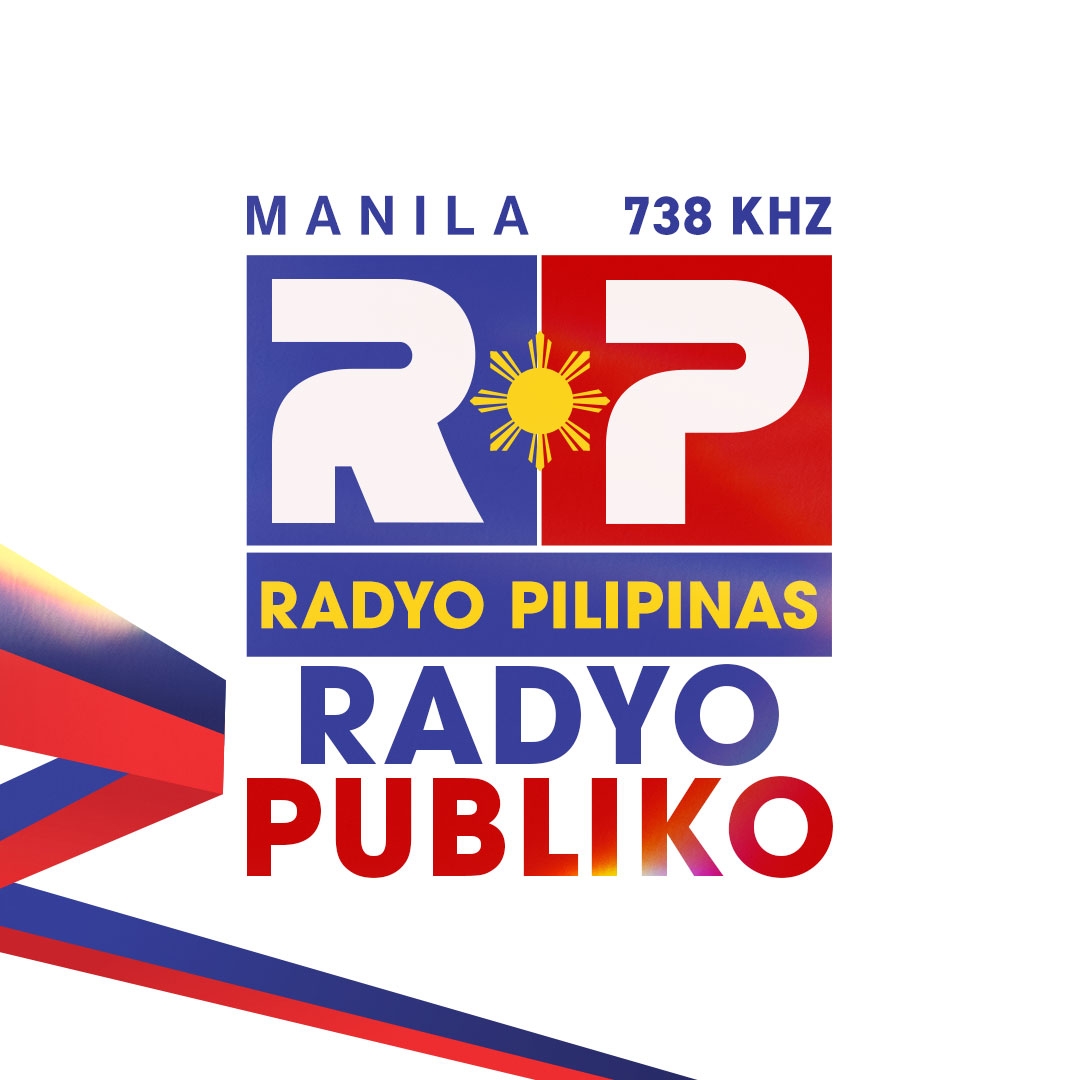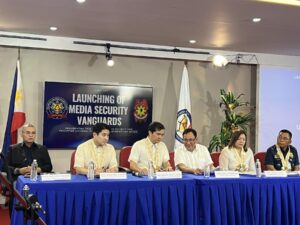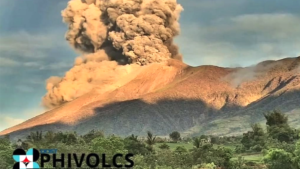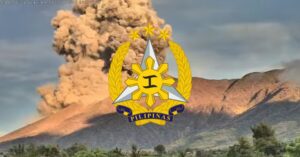President Ferdinand E. Marcos, Jr. is confident of more cruise ships docking in the country’s ports as he called on cruise lines to strengthen their collaboration with his government.
“To the distinguished representatives of cruise lines, esteemed industry leaders, and valued partners, the Philippines extends a warm and earnest invitation to you to deepen our partnerships—founded on the principles of shared success and mutual aspiration,” the President said as he spoke to the Seatrade Cruise (STC) Asia in Parañaque City recently.
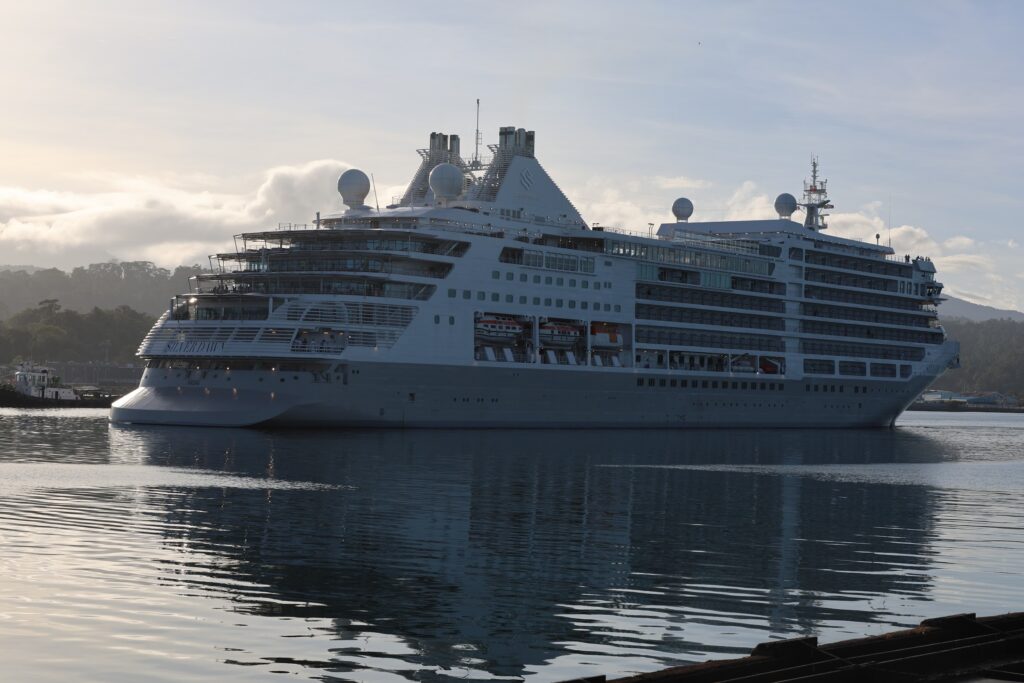
Under the Marcos administration’s Philippine Development Plan 2023-2028, the government vowed that transport safety and security will be ensured. It added that the government will ensure that transport hubs are equipped with additional safety features such as closed-circuit television, baggage scanner, proper lighting, and real-time passenger information system. The Philippine Coast Guard will pursue its modernization program involving, among others, the procurement of modern air and floating assets and interoperable communication systems. Safety audits on transport corridors will be continued to inform the allocation of sufficient budgetary support. Other potential financing sources from congestion pricing and parking levies, among others, will be explored.
The president’s statement came as the Subic Bay Metropolitan Authority (SBMA) geared up to make headway as it positions the Subic Bay Freeport Zone as a major regional travel destination for international cruise ships this year.
SBMA Senior Deputy Administrator for Port Operations Ronnie Yambao, who also chairs the SBMA Cruise Ship Industry Committee, said his team is working to attract more cruise ships in 2025 to beat its pre-pandemic record.
“As the Chairperson of the SBMA Cruise Ship Industry Committee, we are eyeing to breach the pre-pandemic level of cruise ship arrivals in Subic Bay to reach 20 in 2025,” he said.
Subic Freeport ushered in 2025 with the arrival of the Bahamas-flagged MV Silver Dawn carrying 596 passengers last December 31, just as spectators witnessed the New Year’s Eve countdown at the waterfront. The 212-meter long, 40,855-gross tonnage vessel was the third in the Muse-class series of high-end passenger vessels operated by Silversea Cruises of the Royal Caribbean Group, the ultra-luxury travel brand based in Monaco.
“We are focused on strengthening infrastructure, forging meaningful partnerships, and ensuring that both the cruise industry and local communities will flourish,” President Marcos said.
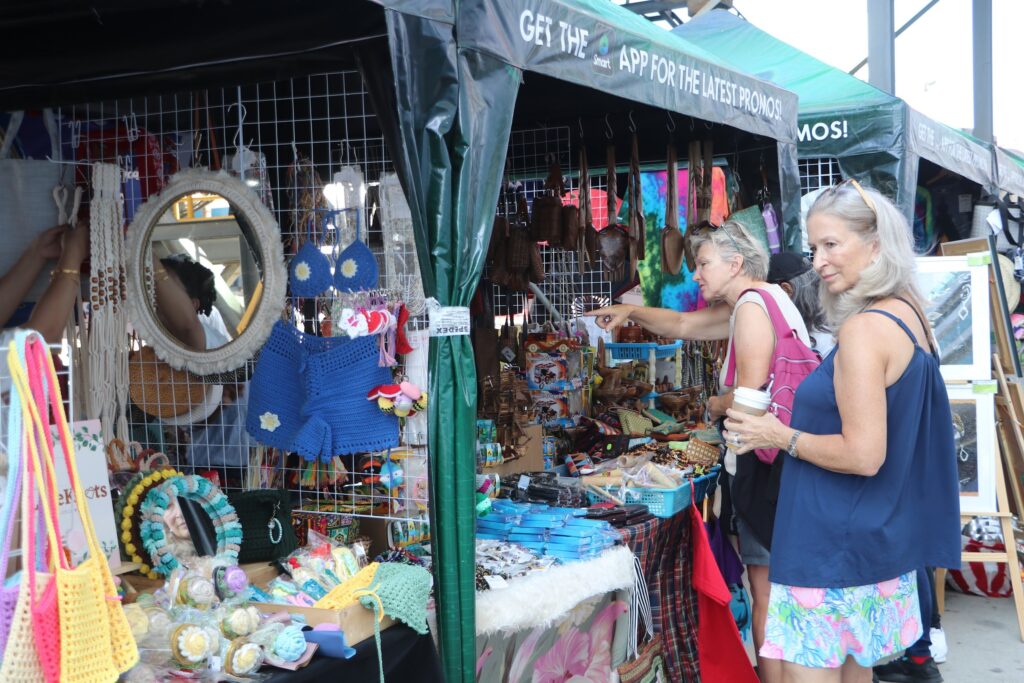
SBMA Chairman and Administrator Eduardo Jose Aliño shared that under the administration of President Ferdinand Marcos, Jr., Subic’s maritime infrastructure and port facilities will be developed further to ensure the safety of cruise ships and their passengers while protecting the environment in the free port.
“On top of our list is our initiative to become the first Philippine port equipped with shore power connection for ships. By 2028, we look to complete the project and deploy the shore power facility that looks to reduce the air pollution from ships by 95%. The project cost is around P250 million.”
The Shore Power Connection for Carbon Neutral Ports project will start construction at the New Container Terminal in 2025 for Phase 1, and at the Naval Supply Depot (NSD) and Ship Repair Facility (SRF) from 2026-2027 for Phase 2.
“This will provide shoreside electrical power to a ship at berth while its main and auxiliary engines are shut down. Shore power cuts air pollution from ships at berth by 95 percent,” he said.
The project cost will be under the General Appropriations Act (GAA) of the National Government for 2025, which will be around P100-million for Phase 1 and P150-million for Phase 2.
It is also expected to dovetail with Subic’s cruise tourism programs which relies on Subic’s natural protected harbor and the numerous piers and wharves where were formerly used by the United States Navy.
Tourism Secretary Christina Garcia Frasco recently cited that Subic Bay’s cruise tourism can be expanded to include homeporting and creating dedicated cruise port initiatives. She added that Zambales can develop its accommodations via the Mabuhay accommodations and homestays, integrating the Tourist-Oriented Police for Community Order and Protection (TOPCOP) program with barangay tanods in Olongapo City to ensure tourist safety, and promoting dive tourism.
Following Silver Dawn, two other cruise ships are expected in Subic soon, Yambao said. These are the Liberian-flagged MV Blue Dream Star, owned by Fujian China Transport Investment Group Co. Ltd. under its travel brand Blue Dream Cruises China; and the Bahamas-flagged Villa Vie Odyssey, owned by the US-based Villa Vie Residences that specializes in “residential cruising.”
MV Blue Dream Star will arrive on April 11, May 3, and July 8 with more than 1,000 passengers on each trip, while Villa Vie Odyssey will dock on September 23, with 924 passengers at double occupancy, along with 370 crew members. Yambao said the SBMA is eyeing to revive the cruise tourism industry in Subic, which has already taken off before the COVID-19 pandemic derailed further progress in 2020.
Earlier, Pres. Marcos said the Philippine tourism industry will pursue a “green transformation” to achieve a sustainable society and economy, saying sustainability through green transformation is an important aspect in developing the tourism industry.
”We need to adopt sustainability in our society and economy, and certainly in the sector of tourism. We must go green in the transformation of our tourism products and services as a solution to address climate change, resource preservation, and long-term industry sustainability,” Pres. Marcos said.
Marcos noted that the government is boosting the public-private partnership to pursue reforms that will make tourists “visit, stay, spend, and return” to the Philippines.
“As a matter of fact, I would take that even a step further, and if we are to talk about tourism, I am of the belief that the greener you are, the better the tourism experience will be,” he added.
He said these include measures on easing visa access, enhancing water sanitation and healthcare facilities in major tourist destinations, and improving connectivity hubs such as airports.
“By adopting these practices, we create a tourism industry that not only creates responsible visitors, but also uplifts the lives of those who are part of that activity,” he said.
He also called for the continuous upgrading of skills of those in the tourism industry.
“Indeed, education is always going to make any industry better, and certainly tourism is no different. We need to raise the standards and practices in this crucial sector by investing in education, training, and skills upgrading of all the personnel who are working in this industry,” the President said. (30)
